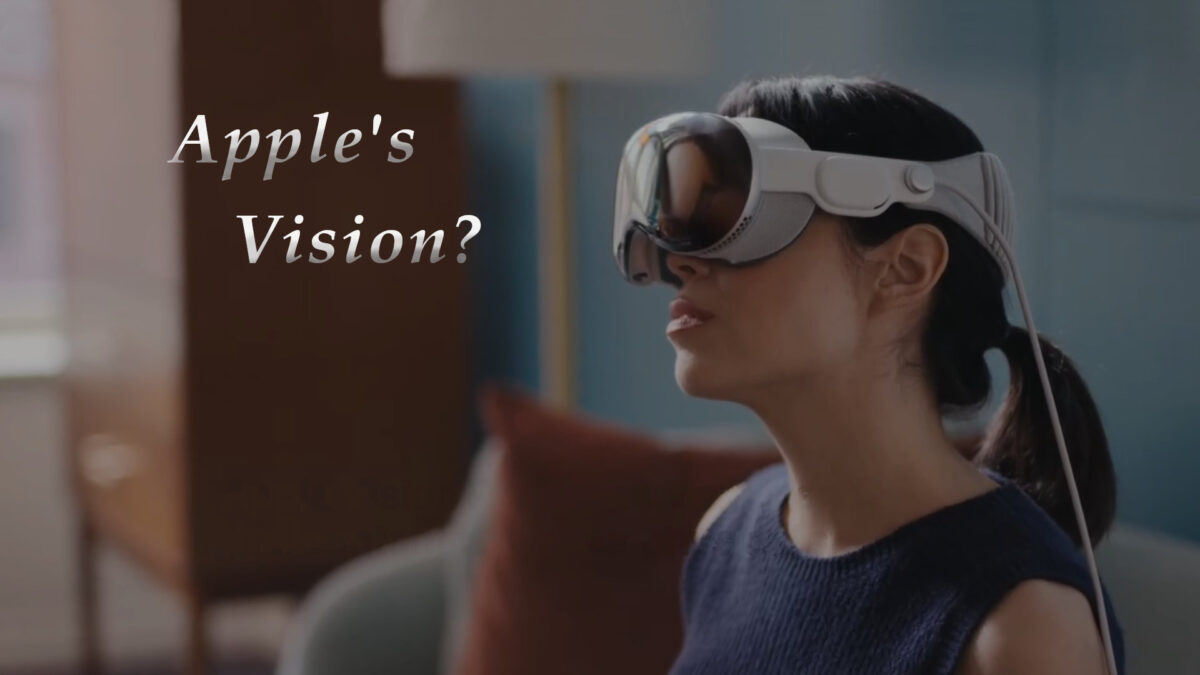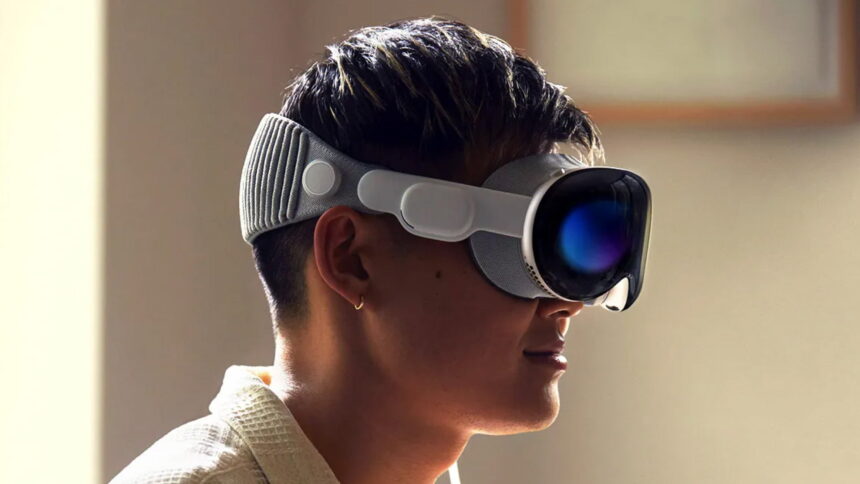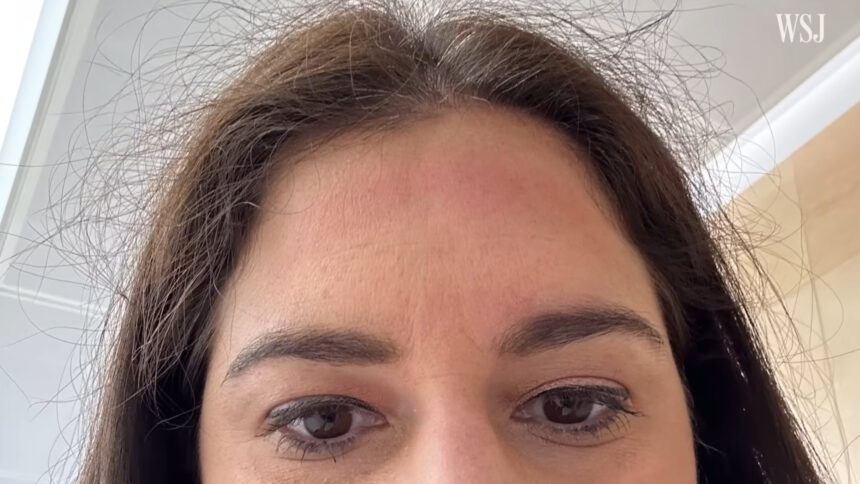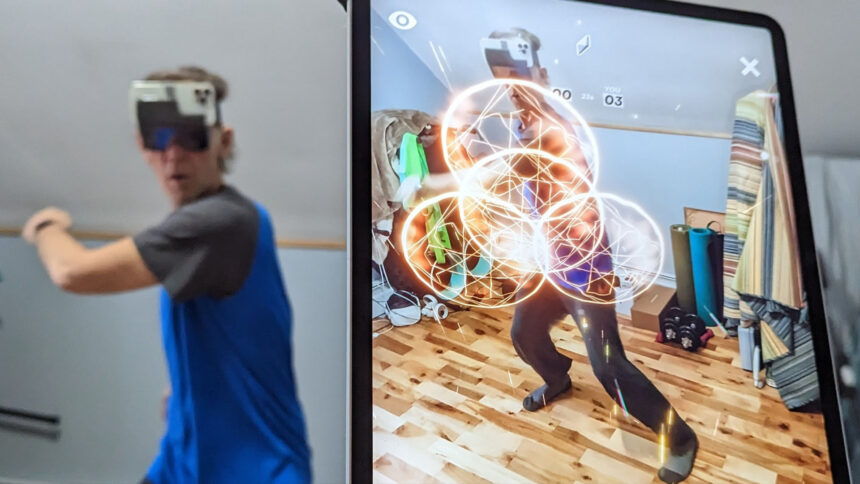Vision Pro - Is Apple's strategy wrong?

Apple's Vision Pro is a unique and powerful spatial computer, but is that the best way for the iPhone maker to enter the XR market?
Rumors of an Apple VR headset have intrigued the public for many years. From the beginning, it was clear Apple would be blazing a new path into the VR world rather than launching a solution similar to Meta's Quest 2 or HTC's Vive. We knew it wouldn't require tethering to a computer like the Valve Index or Windows Mixed Reality.
I've been anticipating a slim, lightweight headset like nothing ever seen before. I expected a hand gesture interface with eye-tracking, near-perfect mixed reality, and great performance. I wanted seamless integration with the iPhone, Apple Watch, MacBook, and Apple services. For all that, I was prepared to pay more than a standard VR headset, but still needed an affordable price.

A side view of a person wearing a Vision Pro. | Image: Apple
Two out of four isn't good enough for an Apple product. It's bulky, expensive, and seems to lack features common to other VR headsets.
Where Apple went wrong
Apple aimed for the stars and failed to reach them. Leaks revealed that the "Reality Pro" (via trademark registration) would feature a Mac processor. A high-performance device is great but comes with tradeoffs. Another leak revealed Apple's headset would require an external battery.
It started sounding like a larger, heavier device than I envisioned. Apple hasn't revealed the exact weight, but WWDC attendees said the Vision Pro weighs about a pound. By the looks of the ultra-premium glass and aluminum device, the Vision Pro is not only as heavy as a Quest 2 but just as bulky.

Red marks after wearing Apple Vision Pro for half an hour. | Image: WSJ
If it's comfortable, the weight isn't a critical flaw. Unfortunately, some hands-on users said wearing the Vision Pro, even for the brief half-hour demo, caused red marks and some forehead pain.
How much performance is enough?
I think Apple demanded too much performance from its first VR headset. An iPhone is powerful enough for AR applications with shadows, hand-tracking, face recognition, and occlusion of virtual objects in actual 3D space. An iPhone Pro model comes with LiDAR, which makes depth mapping nearly instantaneous.

With an iPad, you can pair with the iPhone to see into HoloKit realities from outside. | Image: Mixed
I've gone hands-on with a mixed-reality device that uses an iPhone for display, AR capabilities, and processing. The HoloKit X provides bright, sharp graphics with hand-tracking and spatial mapping for $129. It won't replace Apple's $3,500 Vision, but it shows what's possible with the potent mobile chip powering the iPhone.
Apple Vision SE?
With the Vision Pro, Apple has a device that misses the mark in many ways. The price puts it out of reach for most. Even if I could afford it, the Vision Pro lacks fitness and gaming capabilities, weighs too much, doesn't support motion controllers or any device to provide haptic feedback, and seems mostly focused on watching videos and browsing the web.
An Apple Vision SE could correct all of these problems. Starting with an iPhone that includes much of the technology needed for the Vision Pro, Apple could build a budget model to satisfy the masses.
The Apple Vision Pro VR/AR headset is controlled with eye and hand tracking as well as voice. | Image: Apple
Apple filed for a patent on a head-mounted iPhone holder similar to Google Cardboard in 2008. A continuation patent was filed in 2022, showing Apple hasn't given up on this idea.
The Apple Vision Pro is amazing, yet I was disappointed with this first effort. I'd much rather see a Vision SE that requires an iPhone, costs less than $1,000, and is compatible with controllers for VR fitness and immersive games.
If some of the Vision Pro's performance is lost, that's okay. My iPhone is nearly as fast as my laptop.
A kindly note to Apple: please also omit the front display. I'd rather keep a few hundred dollars for games and apps than have uncanny avatar eyes peering out from the front of my headset.
Note: Links to online stores in articles can be so-called affiliate links. If you buy through this link, MIXED receives a commission from the provider. For you the price does not change.